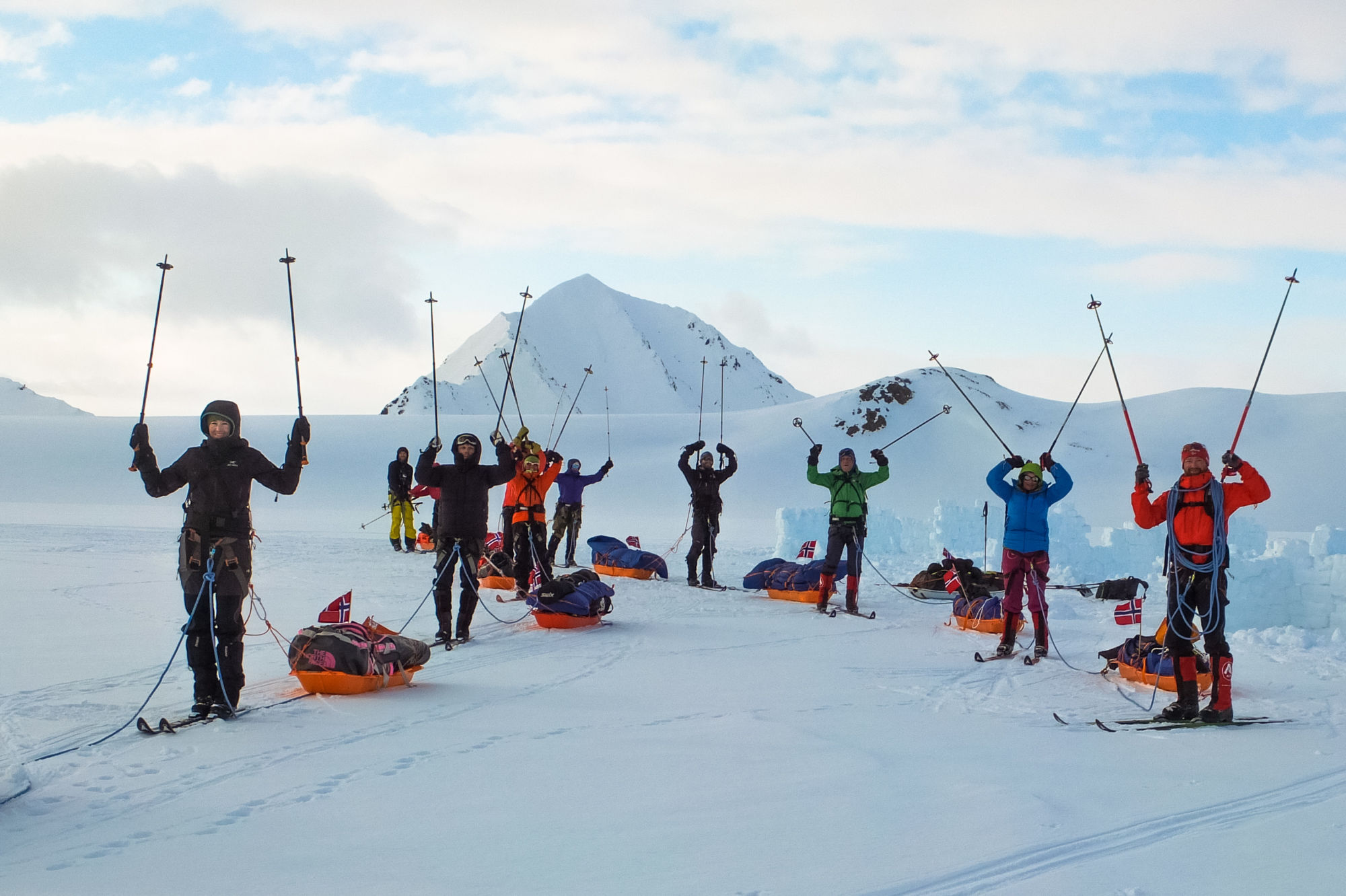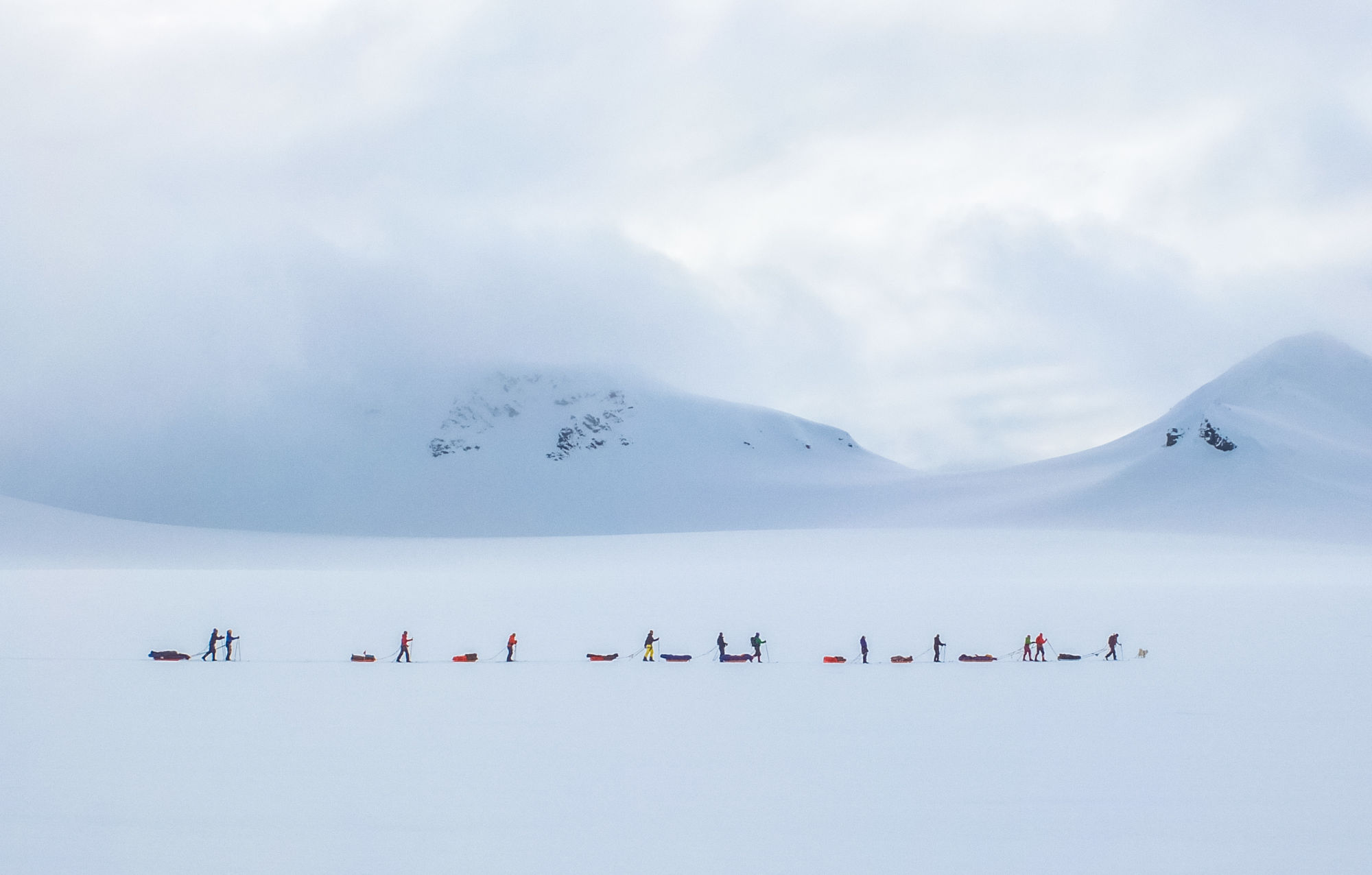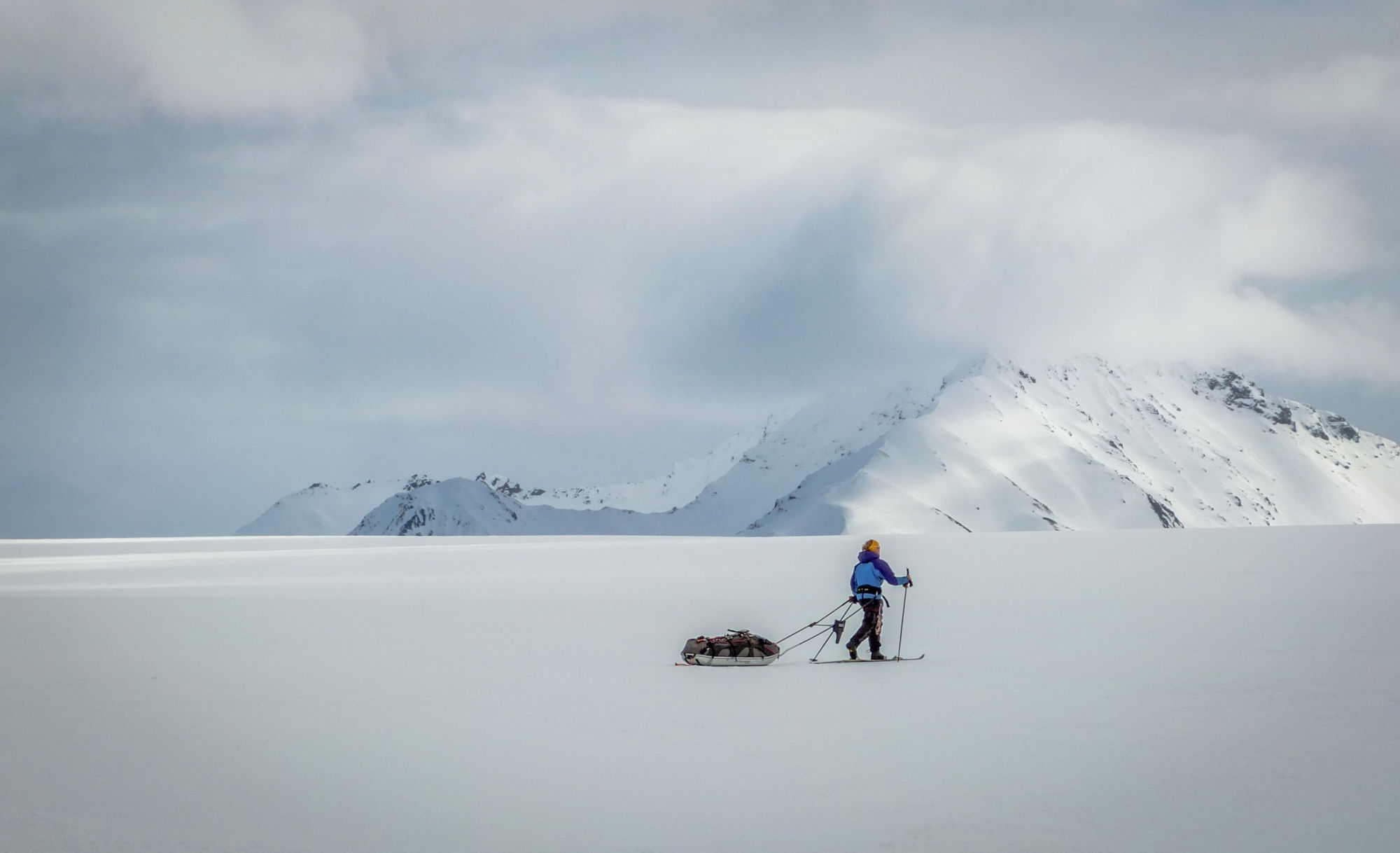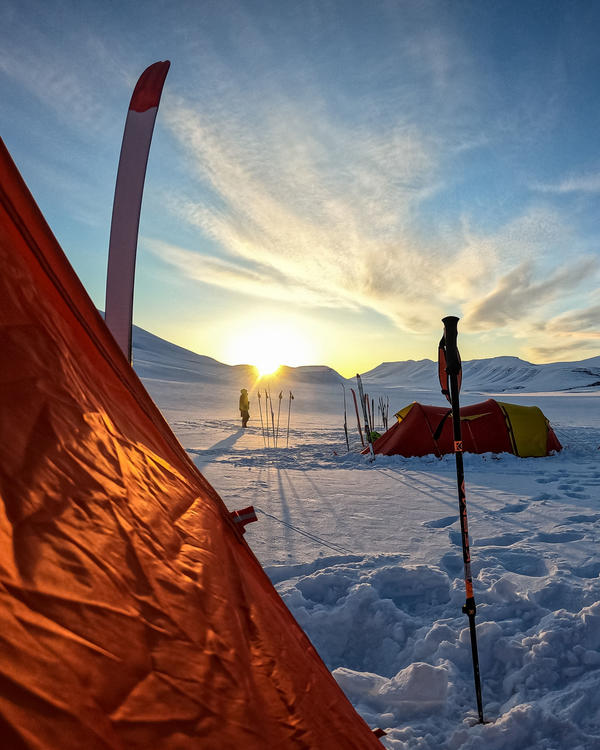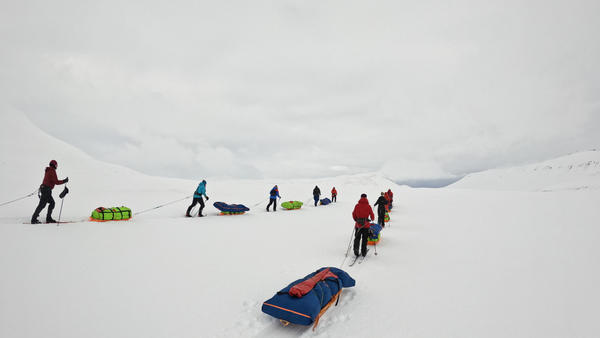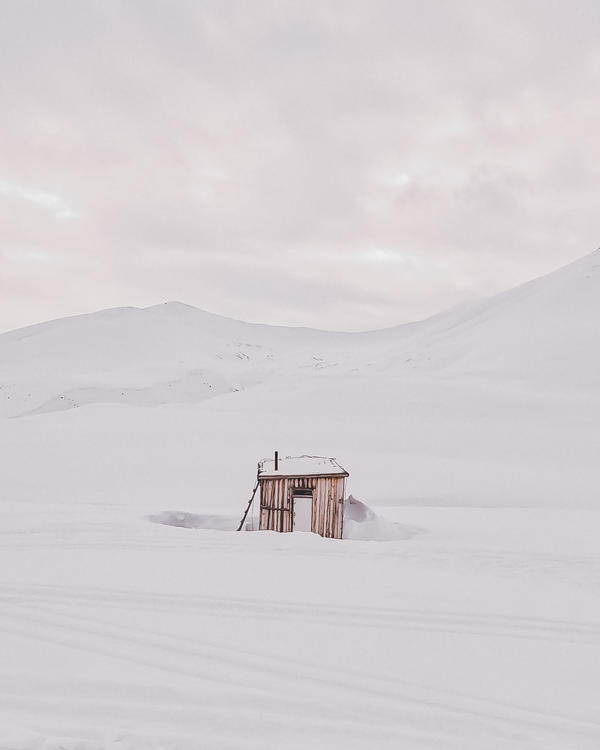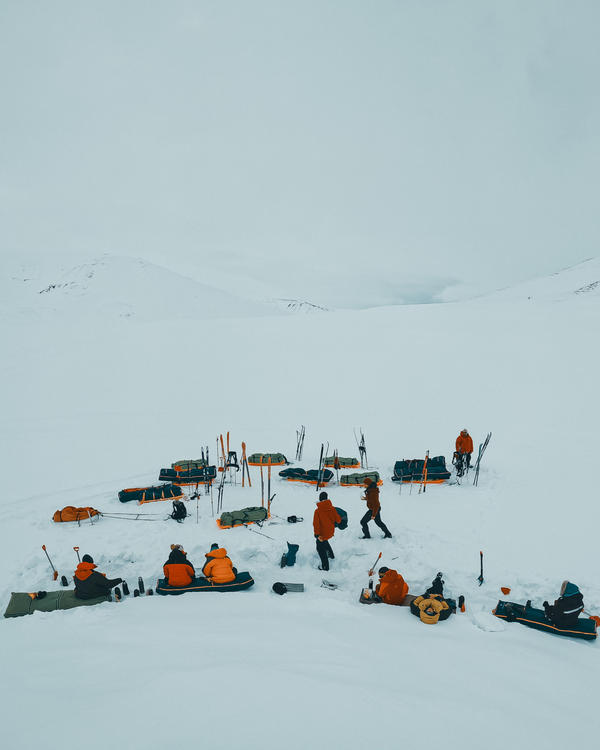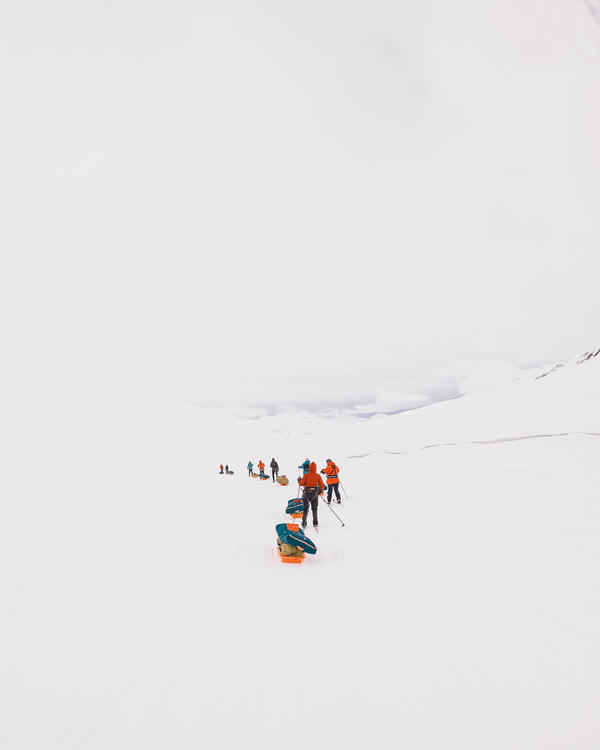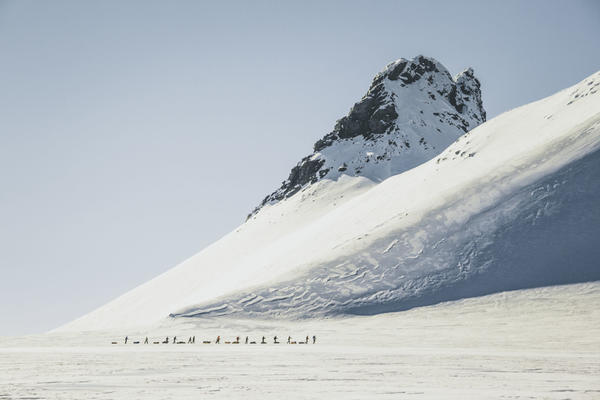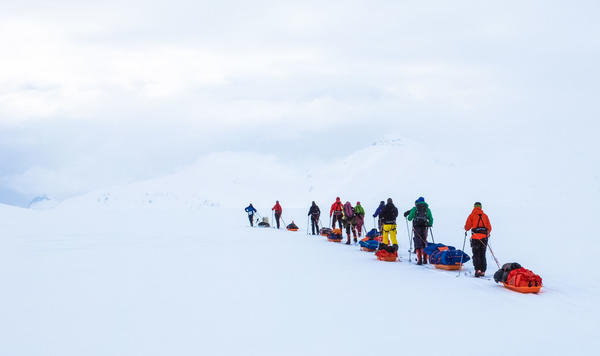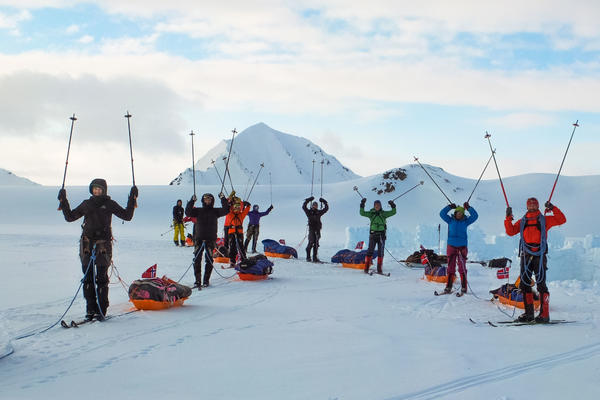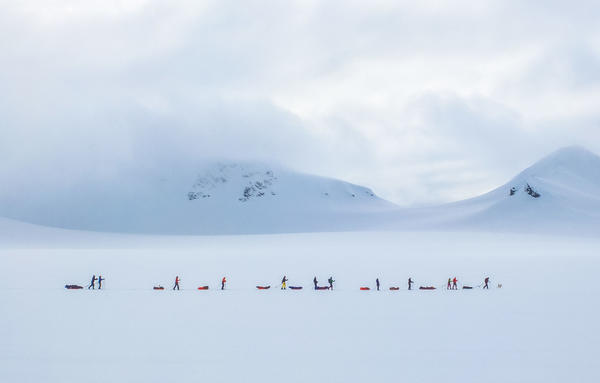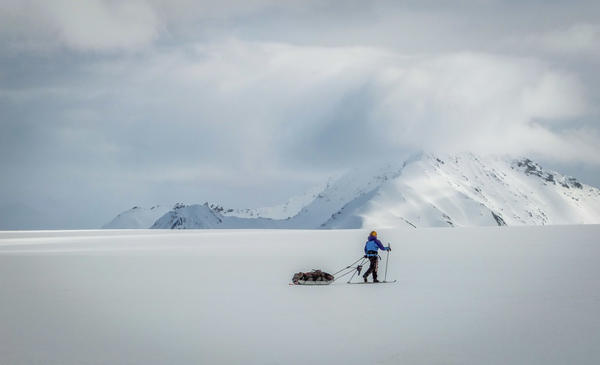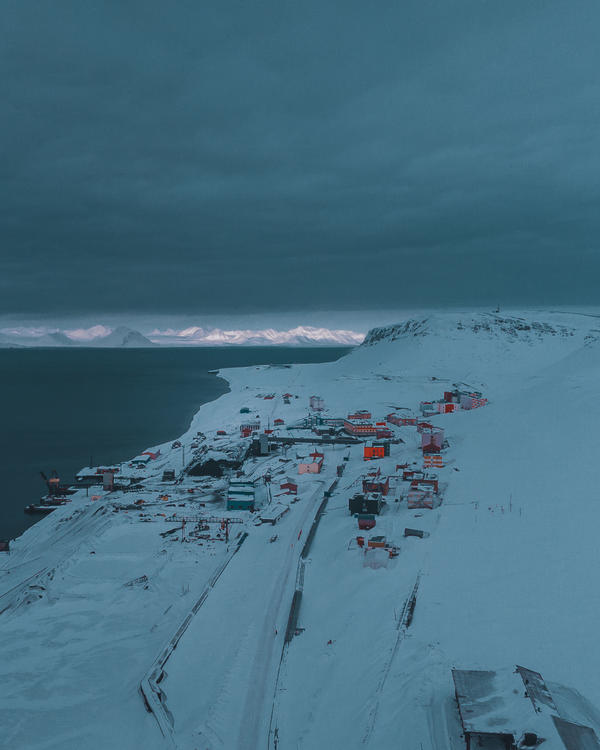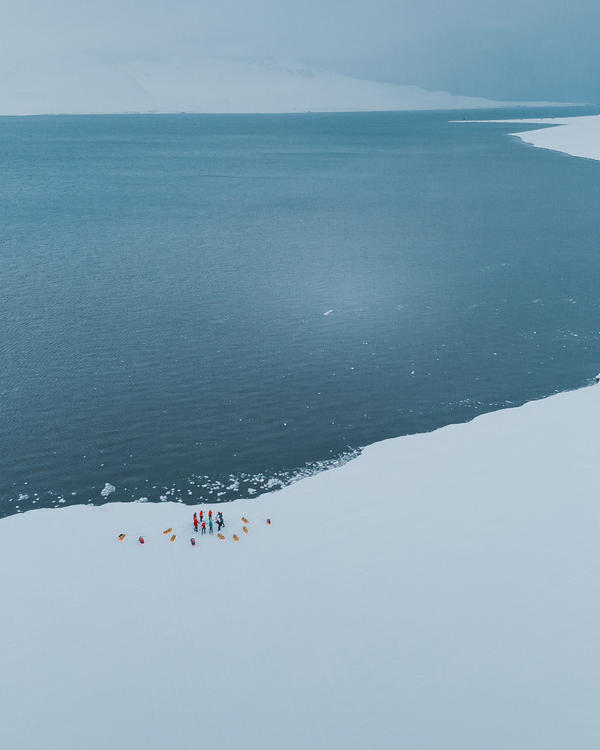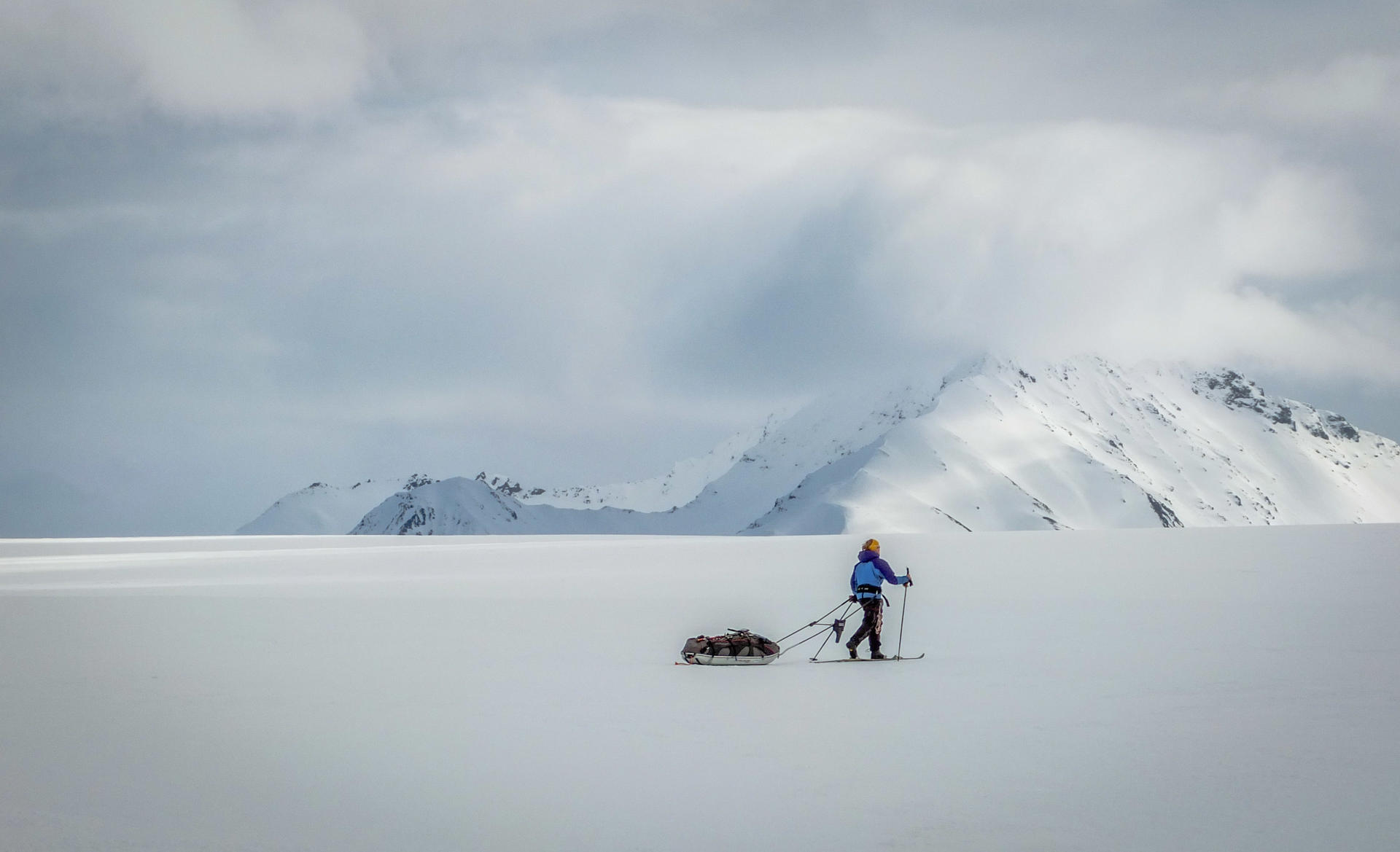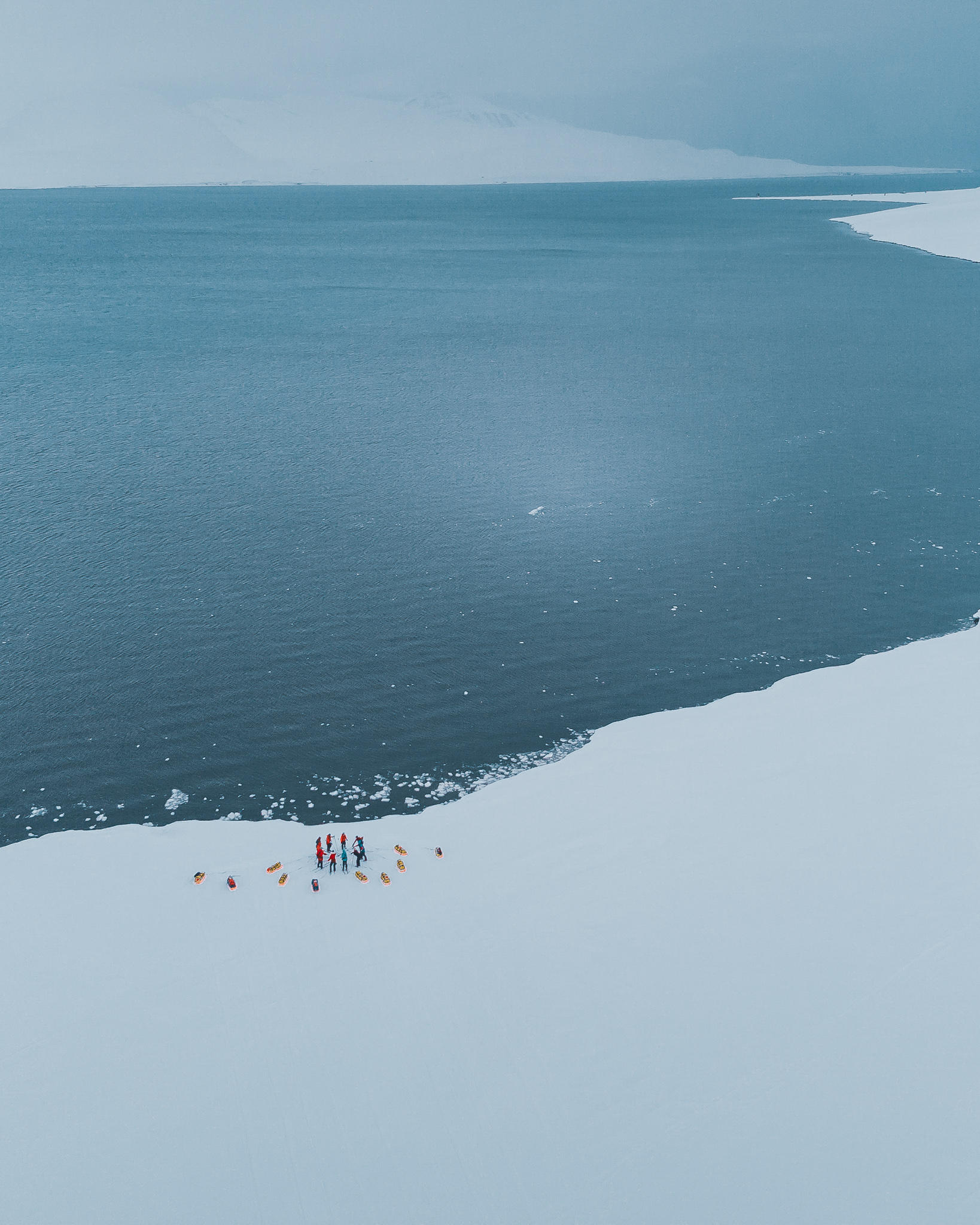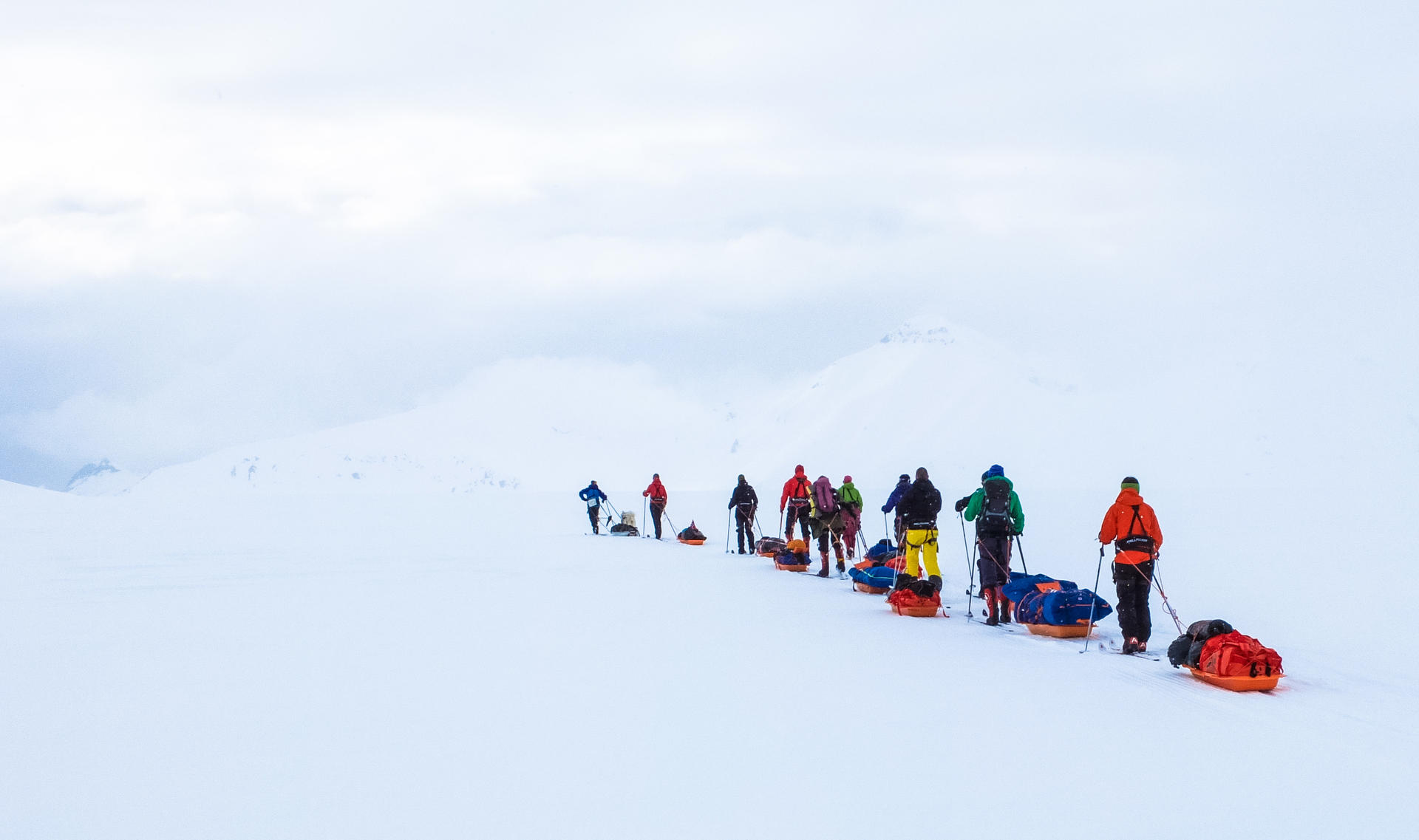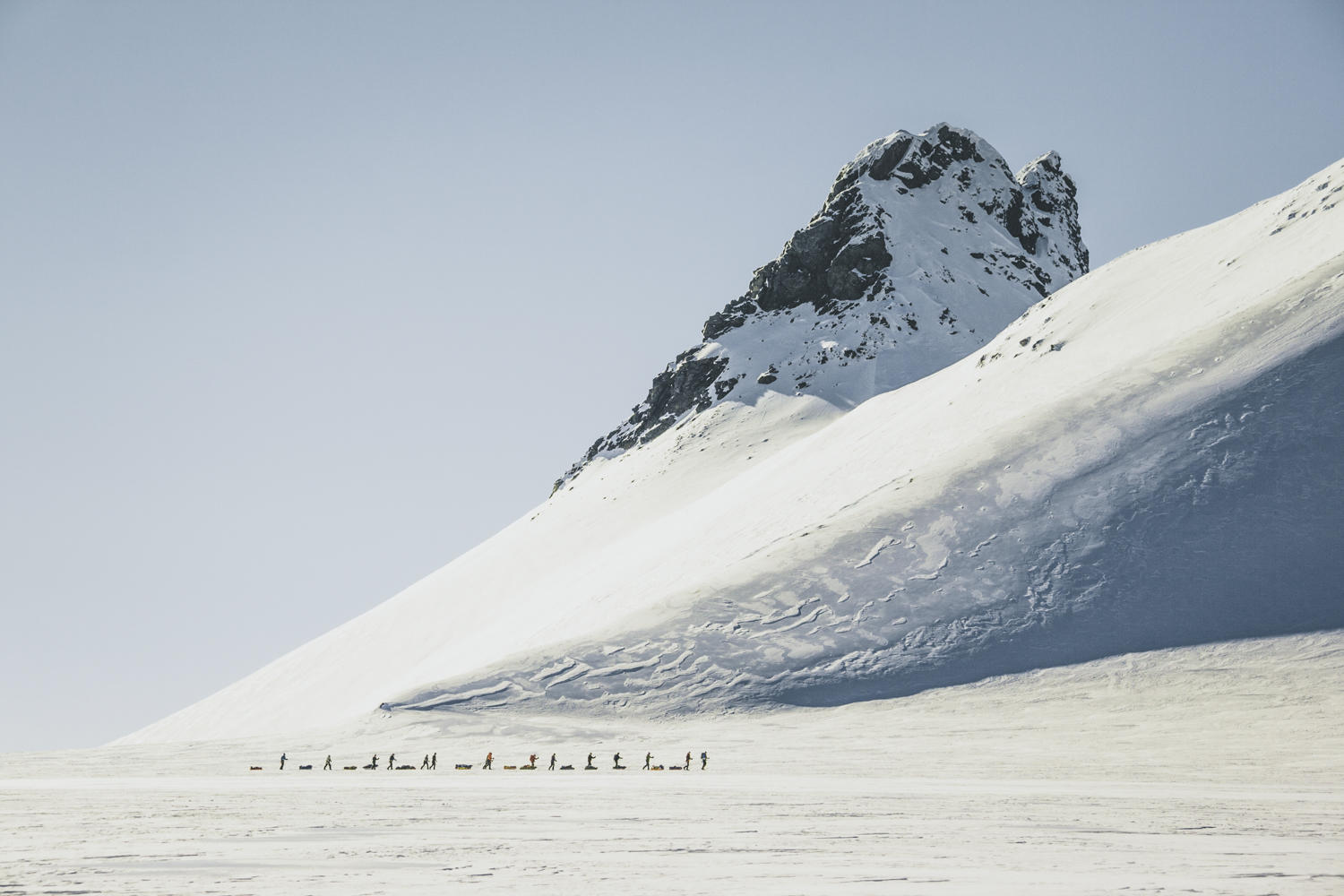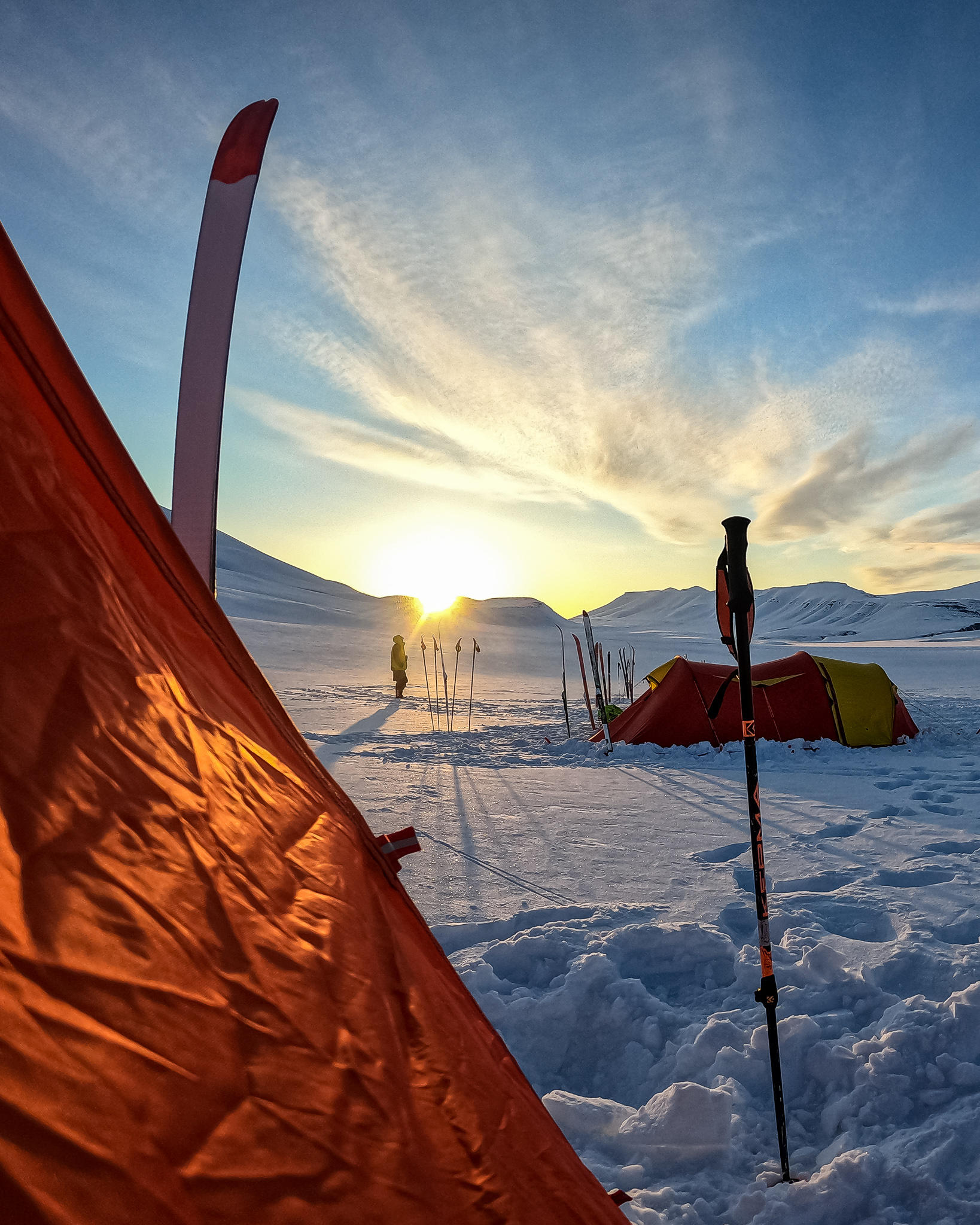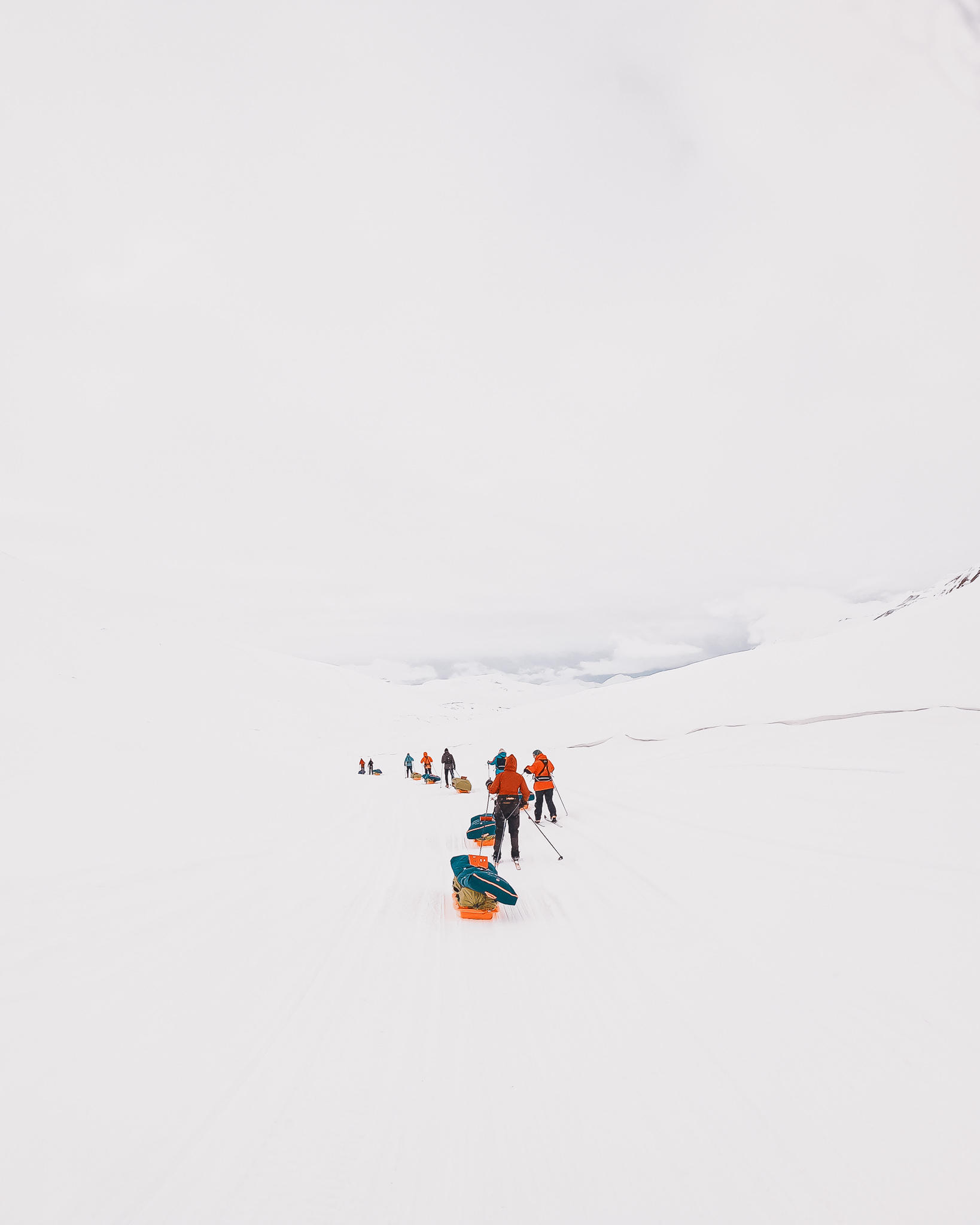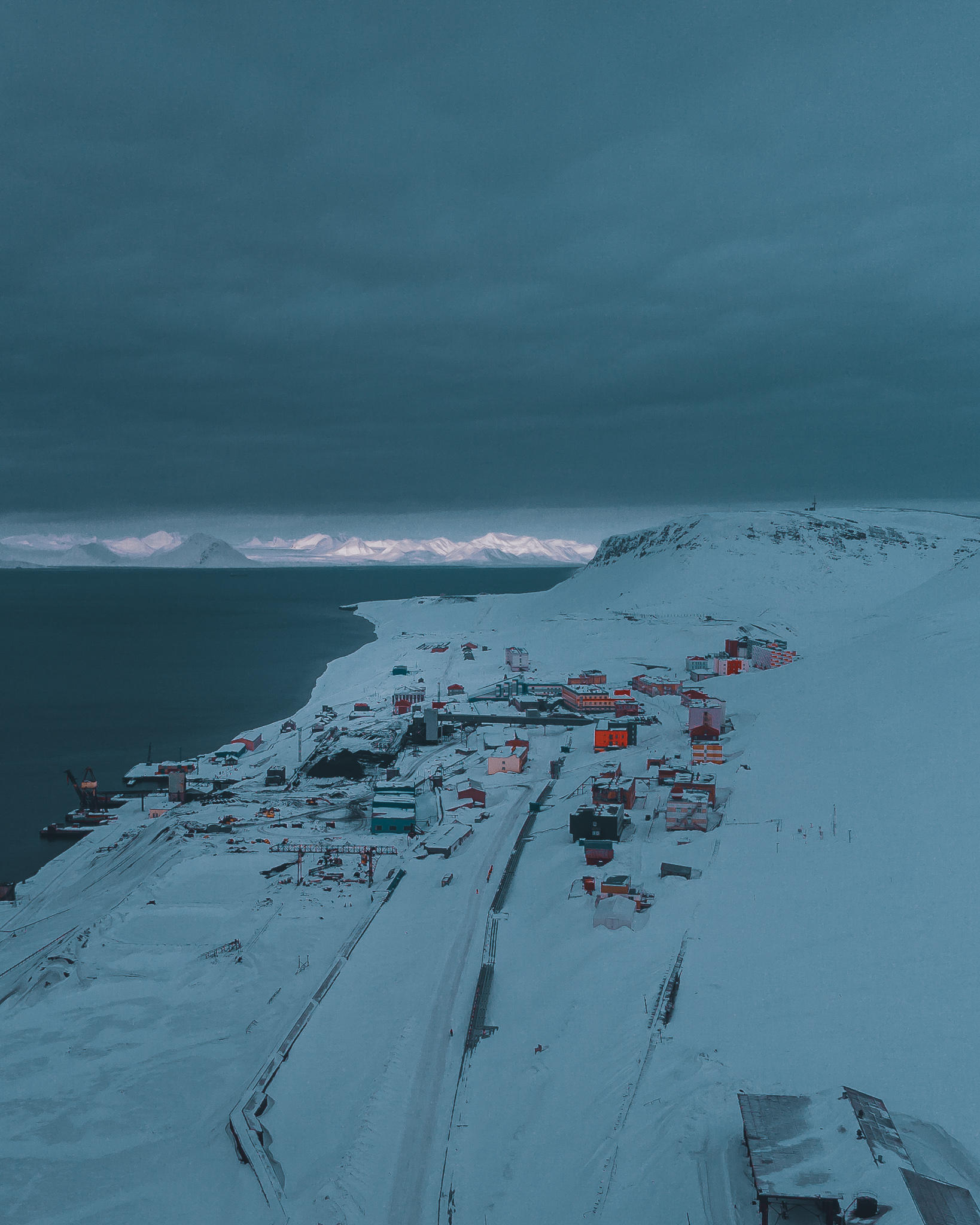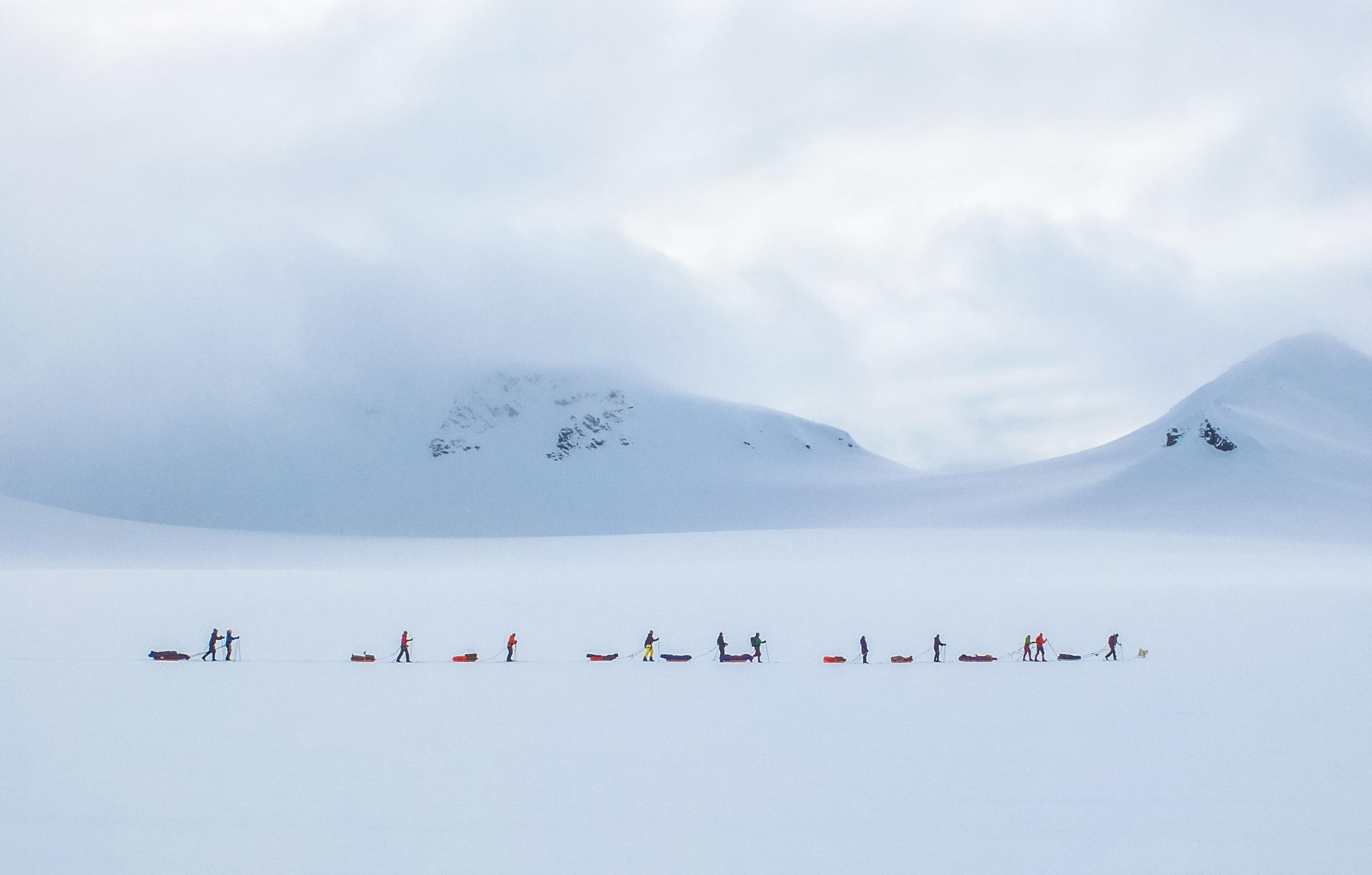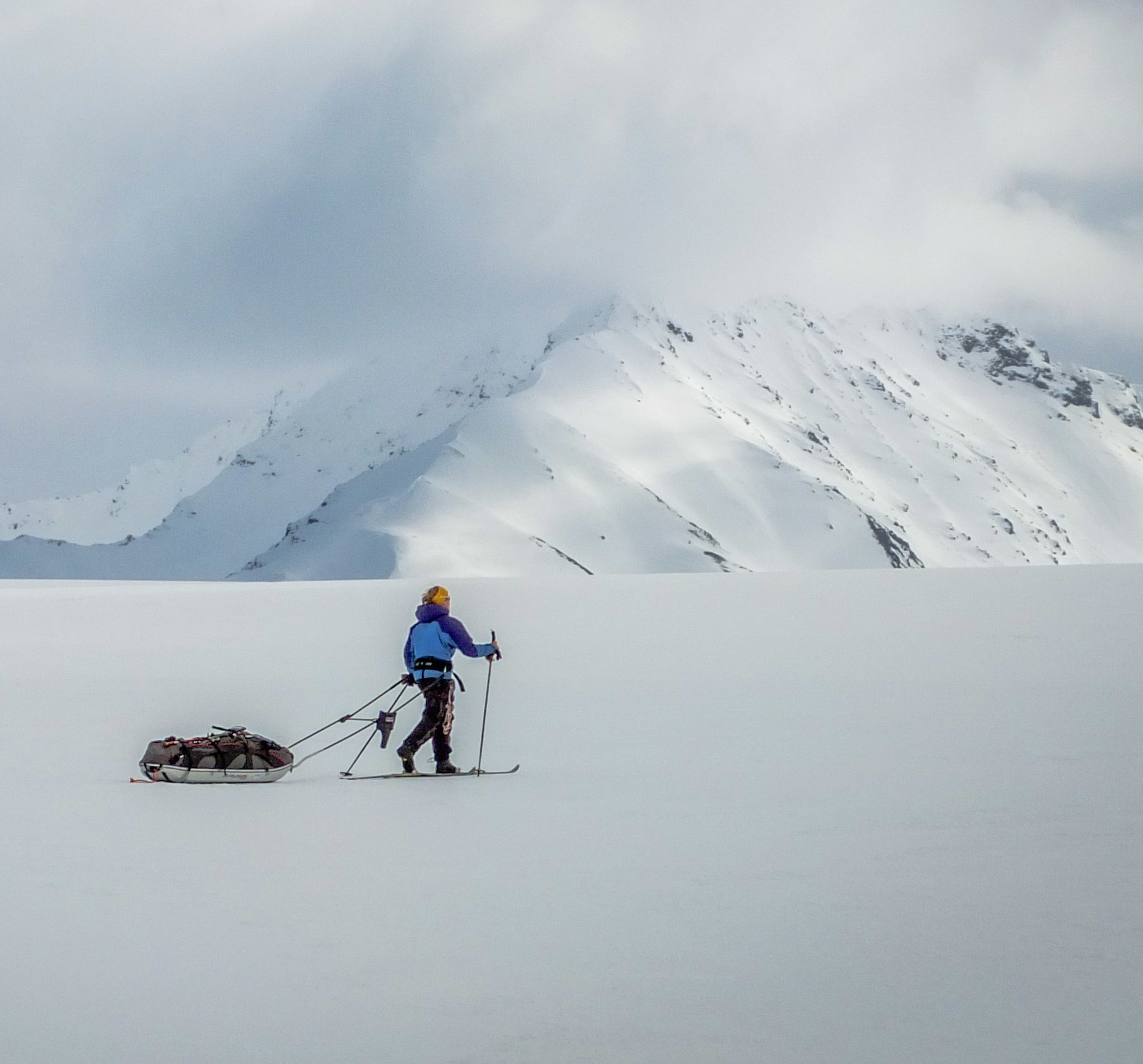Day 1:Arrive Longyearbyen
At 15:00 we meet at Mary-Ann's Polarrigg for an information meeting. We then head to our nearby warehouse to pack up equipment and go over the final details before the evening ends. Bring all your equipment to the meeting place. You can leave personal belongings behind, but try and limit how much extra gear you bring with you on tour. There will be an opportunity to take a trip to the city's sports shops for last minute purchases. If you want to take a map with you on the trip, we recommend buying one at the Svalbard Museum next to the University, or in the town's grocery store. Packing may take a few hours, so bring some food and drink with you. NOTE: Dinner and accommodation are not included, and are arranged on an individual basis. Arrival dates in 2024 will be April 26 (departure 1) and May 7 (departure 2).
At 15:00 we meet at Mary-Ann's Polarrigg for an information meeting. We then head to our nearby warehouse to pack up equipment and go over the final details before the evening ends. Bring all your equipment to the meeting place. You can leave personal belongings behind, but try and limit how much extra gear you bring with you on tour. There will be an opportunity to take a trip to the city's sports shops for last minute purchases. If you want to take a map with you on the trip, we recommend buying one at the Svalbard Museum next to the University, or in the town's grocery store. Packing may take a few hours, so bring some food and drink with you. NOTE: Dinner and accommodation are not included, and are arranged on an individual basis. Arrival dates in 2024 will be April 26 (departure 1) and May 7 (departure 2).
